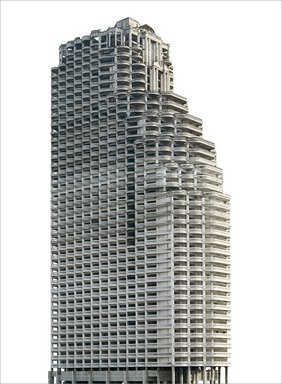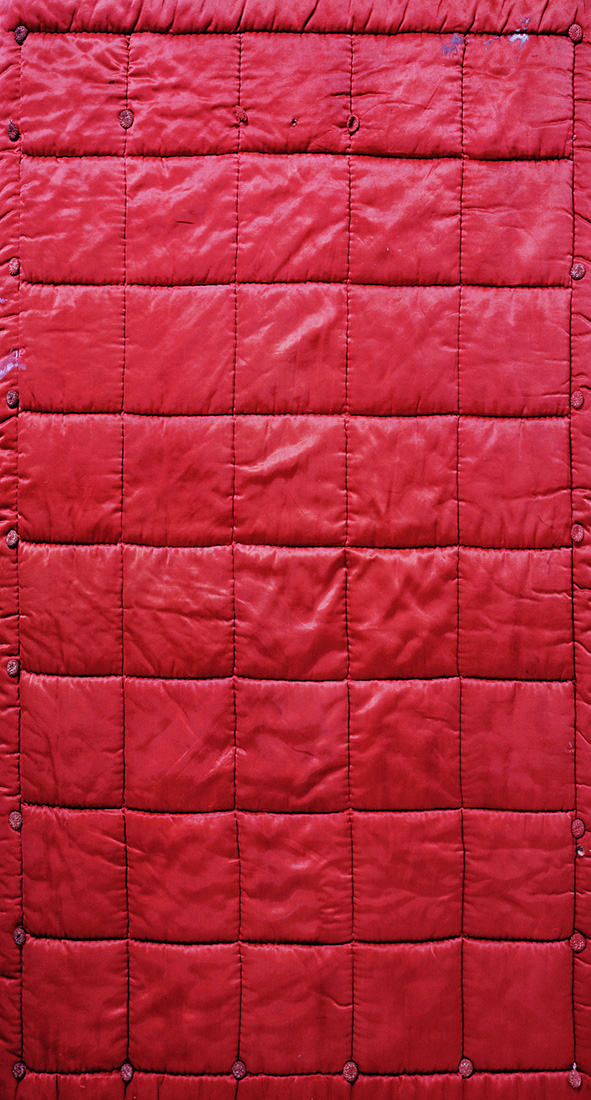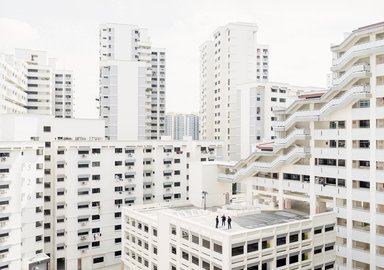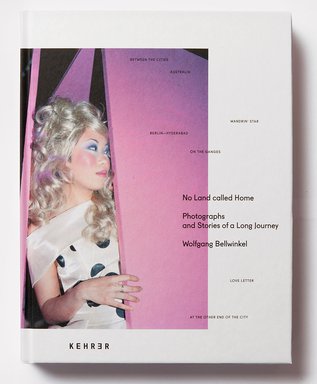Wolfgang Bellwinkel | Babel (2007 - 2011)
Wolfgang Bellwinkel | Babel (2007 - 2011)
Babel is a multi-part project that deals with phenomena of today’s globalized cities. High-rise buildings in urban spaces usually symbolize power. Not accidentally, the biggest buildings are mostly owned by banks or big companies. But what we see in the series is rather the opposite: The buildings are huge and – at the first view – impressing, but all of them are incomplete. We have the impression to look at modern ruins, at unintentional sculptures of failure. And we are quite correct: The construction of all the buildings shown was prematurely terminated - in most cases during the Asian crisis in 1997. In traditional photography the relation between object and space is an important matter. In “Babel”, there is a way of reduction. The buildings are stripped off their descriptive space around them which leads to an irritation but at the same time towards an increased focus towards the sculptural elements of architecture. As a kind of ‘Towers of Babel’ the photographed buildings become an allegory of megalomania and a symbol of failure.
Format:
Photo / Video








